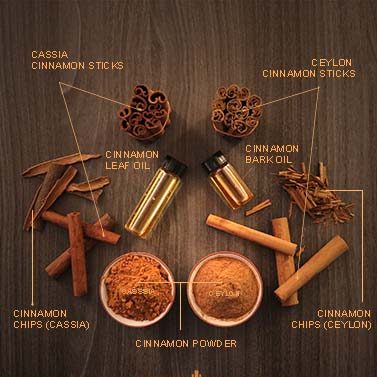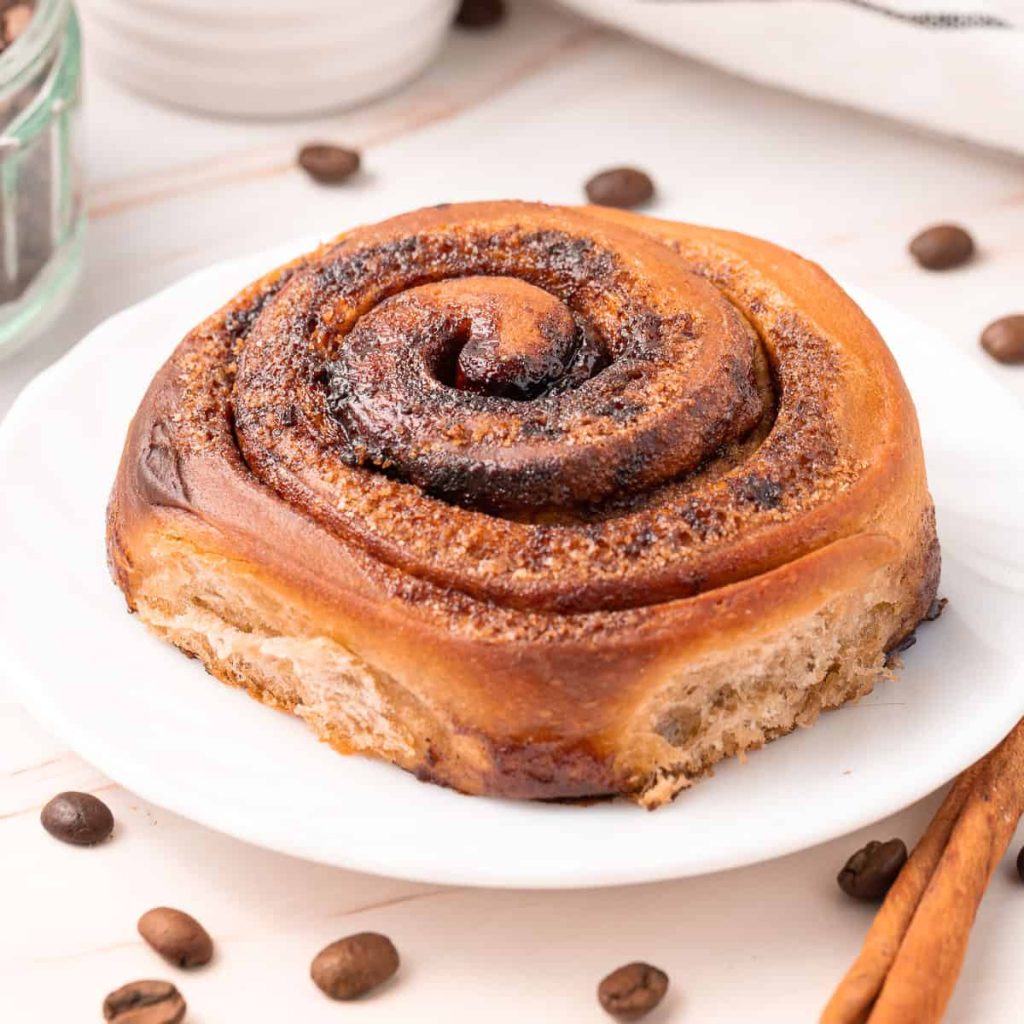With its warm, sweet, and spicy aroma, Cinnamon has been cherished for centuries. It’s not only a versatile spice used in various culinary creations but also boasts a multitude of health benefits. Ground cinnamon, in particular, has gained immense popularity in kitchens worldwide for its convenience and ability to enhance sweet and savory dishes.

This comprehensive article will delve into the fascinating world of ground cinnamon, exploring its origins, uses, health benefits, and even its unique cultural significance.
What is Ground Cinnamon?
Ground cinnamon is a popular spice derived from the inner bark of trees belonging to the Cinnamomum genus, primarily Cinnamomum verum (true or Ceylon cinnamon) and Cinnamomum cassia (cassia cinnamon). The bark is harvested, dried, and ground into a fine powder, resulting in the fragrant and aromatic spice known for its sweet and warming flavor.
Cinnamon has been used for centuries in culinary and medicinal applications across various cultures. It imparts a distinct, slightly spicy-sweet taste and a warm, comforting aroma to a wide range of sweet and savory dishes. It is a staple in baking, often featured in recipes for cookies, cakes, and cinnamon rolls, and frequently used to flavor hot beverages like coffee, tea, and hot chocolate.
Beyond its culinary uses, ground cinnamon has also been associated with potential health benefits. It contains compounds like cinnamaldehyde, which may have antioxidant and anti-inflammatory properties. Some studies suggest it may help regulate blood sugar levels and have antimicrobial effects.
How is ground cinnamon made?

Ground cinnamon is made by harvesting the inner bark of cinnamon tree species, most commonly Cinnamomum verum (Ceylon cinnamon) or Cinnamomum cassia. The bark is carefully stripped from the tree branches, then left to dry, curl, and naturally ferment over several days.
Once dried, the bark is rolled into quills, often called cinnamon sticks. To make ground cinnamon, these quills are ground into a fine powder. The resulting powder is the aromatic spice used in cooking, baking, and beverages, renowned for its sweet and warm flavor.
What is ground cinnamon used for in cooking?
Ground cinnamon is a versatile spice used in various culinary applications. Its sweet and warming flavor adds depth and complexity to both sweet and savory dishes. In baking, it’s a key ingredient in recipes for cinnamon rolls, cookies, cakes, and muffins, lending a delightful aroma and taste.
It’s commonly used to dust pancakes, waffles, and French toast, giving them a comforting touch. Savory dishes can enhance the flavor of stews, curries, and rice dishes. Cinnamon is also popular in beverages, flavoring hot drinks like coffee, tea, and hot chocolate. Its versatility makes it a beloved spice in kitchens worldwide.

Can ground Cinnamon be used in savory dishes or just for desserts?
Ground cinnamon is a versatile spice that can be used in sweet and savory dishes. While it’s more commonly associated with desserts and sweet treats, it can also add a unique and appealing flavor to delicious recipes. It’s often used in Middle Eastern and North African cuisines in savory cooking to season dishes like stews, tagines, and rice-based meals.
Cinnamon’s warm and slightly sweet profile can complement the flavors of meats, vegetables, and legumes, creating a harmonious balance in the dish. When used judiciously, ground cinnamon can be a valuable addition to a wide range of savory recipes, adding depth and complexity to the flavor profile.
What are the Health Benefits of Ground Cinnamon?
Ground cinnamon has several potential health benefits due to its natural compounds. It contains cinnamaldehyde, which may have antioxidant and anti-inflammatory properties, helping protect cells from oxidative stress. Some studies suggest that Cinnamon can help regulate blood sugar levels and improve insulin sensitivity, potentially benefiting those with diabetes.
Additionally, it may have antimicrobial properties that can inhibit the growth of bacteria and fungi. However, while there is promising research, consuming Cinnamon in moderation is important as part of a balanced diet. Always consult with a healthcare professional before using it as a treatment for specific health conditions.
CLICK TO READ – Cinnamon During Pregnancy: A Closer Look at Safety and Indulgence
How can ground cinnamon help regulate blood sugar?

Ground cinnamon may help regulate blood sugar levels through several mechanisms. It contains compounds that can enhance insulin sensitivity, allowing cells to better respond to insulin and uptake glucose from the bloodstream. Additionally, Cinnamon may slow the breakdown of carbohydrates in the digestive tract, resulting in a more gradual release of sugar into the bloodstream. This can help prevent sharp spikes and crashes in blood sugar levels.
While research suggests these effects, they may not be sufficient on their own to manage diabetes, and individuals should consult with healthcare professionals for personalized advice on incorporating Cinnamon into their dietary and treatment plans while monitoring blood sugar levels regularly.
What are some traditional medicinal uses of Cinnamon?
Cinnamon has a long history of traditional medicinal uses across various cultures. It has been employed for its potential health benefits, such as its antimicrobial and anti-inflammatory properties. Conventional medicine often uses Cinnamon to alleviate digestive discomfort, treat colds and flu, and as a natural remedy for sore throats. It was also valued for its potential to improve circulation and reduce the risk of heart disease.
Additionally, Cinnamon was utilized to alleviate menstrual discomfort and enhance cognitive function. These traditional uses of Cinnamon have sparked scientific interest, leading to research that explores its potential health benefits and medicinal applications in modern times.

How should I store ground cinnamon to maintain its freshness?
To maintain the freshness and flavor of ground cinnamon, store it in a cool, dark, and dry place, away from heat and direct sunlight. Proper storage ensures it retains its aromatic qualities. Keep it tightly sealed in an airtight container, such as a glass jar or plastic container, to prevent moisture and air exposure.
Avoid transferring it to a humid environment, like near the stove, as moisture can cause clumping. Additionally, keep Cinnamon away from strong-smelling spices, as it can easily absorb odors. When stored correctly, ground cinnamon can maintain its flavor and quality for up to two years or longer, though it may slowly lose some of its potency over time.
Can ground Cinnamon be used in non-food products?

Ground cinnamon can be used in non-food products for its aromatic and potential therapeutic properties. It’s a common ingredient in cosmetics and personal care products like soaps, perfumes, and candles, providing a warm and inviting fragrance. Cinnamon oil, derived from cinnamon bark, is often used in aromatherapy for its relaxing and comforting scent.
In addition, it has been explored in traditional medicine for its potential health benefits so that it may be used in wellness products and supplements. However, using cinnamon-based non-food products as directed is essential, as some individuals may be sensitive to the spice or its essential oil.
Can you use ground cinnamon in place of cinnamon sticks in recipes?
Yes, you can use ground cinnamon instead of cinnamon sticks in many recipes, but there are a few considerations. Ground cinnamon is more concentrated in flavor than cinnamon sticks, so you must adjust the quantity. As a general rule, use about 1/2 to 3/4 teaspoons of ground cinnamon for every inch of cinnamon stick required.
Ground cinnamon is best suited for recipes where the spice can be evenly distributed, like in baking or spice rubs. Cinnamon sticks, on the other hand, are often used in infusions or simmered dishes for a milder, more subtle flavor. Always taste and adjust when substituting to achieve the desired cinnamon flavor.
Is there a specific type of ground cinnamon recommended for baking or cooking?

When choosing ground cinnamon for baking or cooking, two main types are commonly available: Ceylon cinnamon and cassia cinnamon. Ceylon cinnamon is considered milder, sweeter, and more delicate in flavor, making it ideal for desserts, pastries, and recipes where the Cinnamon’s nuances are more noticeable.
On the other hand, Cassia cinnamon has a more robust, spicier flavor and is often preferred for savory and hearty dishes. The choice between the two types depends on your desired flavor profile. In most cases, either can be used, but it’s essential to be aware of their distinct flavor differences and choose accordingly based on your recipe.
Key Takeaways on Ground Cinnamon:
- Ground cinnamon is a popular spice derived from the inner bark of cinnamon trees, primarily Ceylon cinnamon and cassia cinnamon.
- It has a sweet, warm, and slightly spicy flavor, making it versatile for sweet and savory dishes.
- Ground cinnamon is used in baking, desserts, hot beverages, and savory dishes, enhancing their flavor and aroma.
- It is associated with potential health benefits, such as antioxidant and anti-inflammatory properties, and may help regulate blood sugar levels.
- Traditional medicinal uses of Cinnamon include digestive aid, cold and flu relief, and heart health support.
- Proper storage in a cool, dry place preserves its freshness, and it can also be used in non-food products like cosmetics and aromatherapy.
- When substituting ground cinnamon for cinnamon sticks, consider the flavor intensity and adjust the quantity as needed based on your recipe.
